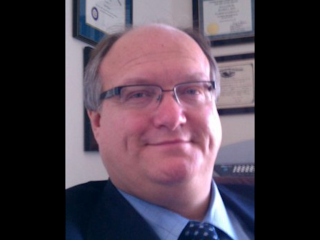Understanding Vehicle Impounds and Holds Following a California DUI Arrest
- Public Safety: If you are arrested and there is no sober passenger available to drive the vehicle away safely, the police will arrange for a tow to prevent the vehicle from being left abandoned or operated illegally.
- Suspended License: If your driver's license is already suspended or revoked at the time of the DUI arrest, the vehicle will likely be impounded.
- Vehicle Code Violations: Specific sections of the California Vehicle Code (CVC) mandate impoundment for certain violations, such as a third offense for driving with a suspended license within a specified period.
- 2-Day Hold (48 hours): This is common when the primary issue was the driver's impairment and no other specific vehicle code violations were present.
- 30-Day Hold: This lengthier hold is typically applied if the driver was operating the vehicle while their license was suspended or revoked, or if they have prior impoundments. The intent is to prevent the individual from immediately driving again.
- Obtain a Release Form: You must contact the arresting law enforcement agency (police department or sheriff's office) to get an official vehicle release form. You may need to provide proof of ownership and a valid driver's license (or bring a licensed driver with you). You must meet any conditions required by the agency to lift the "hold".
- Pay Fees: Be prepared to pay administrative fees to the police agency for the release form, as well as towing and storage fees directly to the impound lot. These fees must be paid in full before the vehicle is released.
- Act Quickly: Storage fees accrue daily. The sooner you resolve the hold and retrieve the vehicle, the less expensive the process will be.





